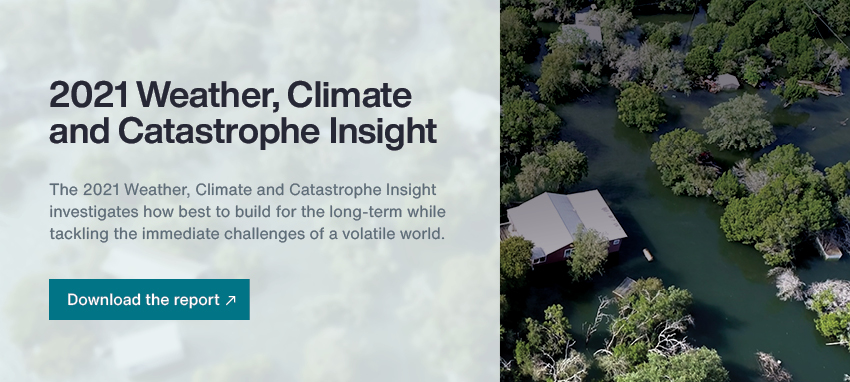On the front line of daily weather forecasting, NOAA’s National Weather Service Forecast Offices, and National Centers for Environmental Prediction, evaluate the latest observational and numerical data to disseminate outlooks, watches, and warnings, for impending weather hazards.
From extreme rainfall and tornadoes, to high winds and extreme temperatures, meteorologists remain alert to these hazards 7-days a week, 24-hours a day, and 365 days a year. This information is critical to resilience-building, national security, economic vitality, and the protection of life and property.
But one of the greatest forecasting challenges is the need to improve precipitation forecasts across timescales as we shift from ‘day to day’ weather to longer term climate patterns.
There is a critical need for improved projections of how the climate will change on more granular, regional scales and over the next several decades. This will improve climate projections to better inform regional and local adaptation and resiliency planning for infrastructure, natural resource management, food production, finance, national security, and other sectors.
In 2022 we are focused on improving fire weather forecasting as wildfires are influenced by the weather and climate, and equally the weather and climate are influenced by wildfires. NOAA will work to improve short-term forecasts to better predict fire behavior and the longer term modeling of interactions between climate variability, climate change, and the likelihood of hazardous wildfire conditions
The ultimate goal? To provide science and service in the form of actionable data and information needed to help solve the climate crisis.

About the Author
Greg Carbin is Branch Chief of Forecast Operations at NOAA (National Oceanic and Atmospheric Administration) which, for over 50 years, has leveraged diverse authorities for climate, weather, fisheries, coasts, and the ocean to create huge stores of environmental data and observations.